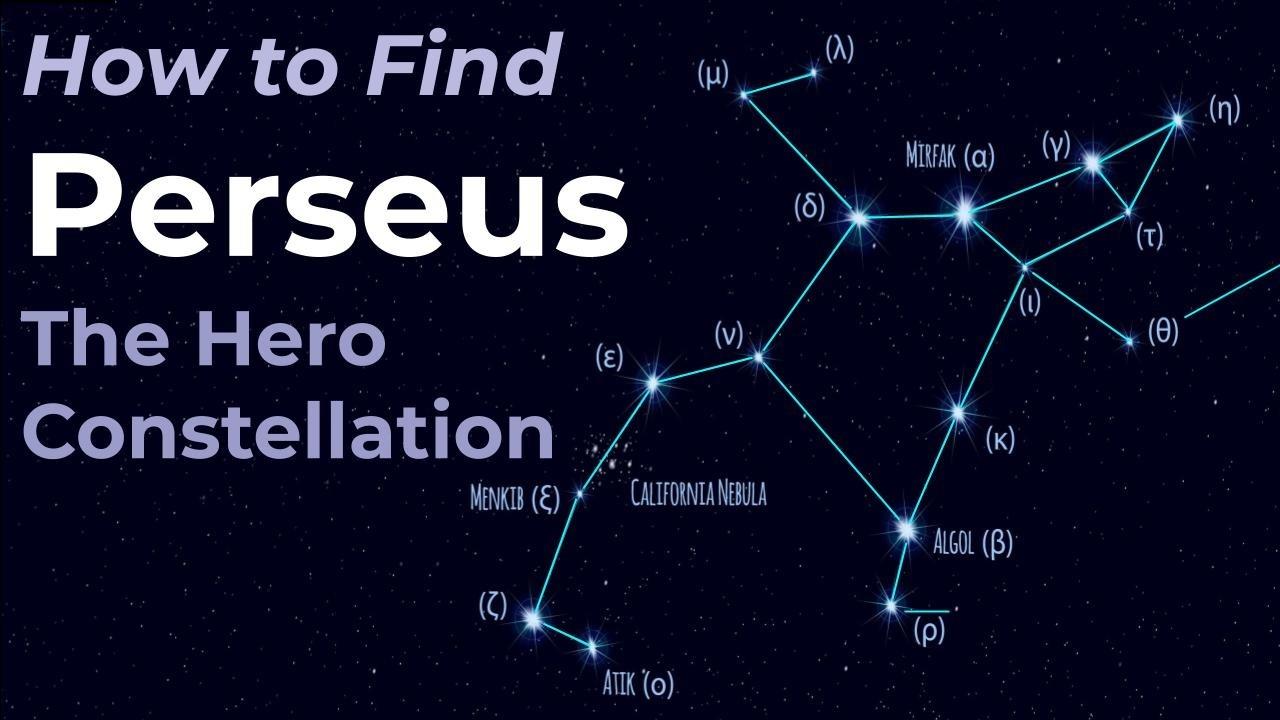Perseus the Hero Constellation
Oct 27, 2020
Perseus is a beautiful constellation that can best be seen in the autumn sky and the early winter months in the northern hemisphere. It is known for its unique star clusters and its two brightest stars - Mirfak and Algol. The star known as Algol is a variable star, which means its brightness changes over the course of the night.
Perseus is a constellation that I used to struggle to find, but now that I know what to look for when it comes to this constellation, I can easily find it. The pattern of Perseus is supposed to represent a man, however, I sometimes struggle to see a definitive pattern. For this constellation, it is the star clusters that stand out.
Perseus has three sets of star clusters that can be seen with the unaided eye if you have a dark enough sky. The first is the Alpha Persei star cluster. The brightest star Mirfak is part of this cluster. The next is the Double Cluster located above the head of Perseus. NGC 869 and NGC 884 together are beautiful to look at, especially if you use binoculars or a telescope. The final cluster in Perseus is called Messier 34. When I view Perseus under very dark sky conditions, these star clusters stand out more to me than the pattern.

Image Credit: By IAU and Sky & Telescope magazine (Roger Sinnott & Rick Fienberg) - [1], CC BY 3.0, https://commons.wikimedia.org/w/index.php?curid=15412172
Perseus is also surrounded by many bright constellations, such as Cassiopeia, Auriga, and Taurus. Each of these patterns can be used to help you find Perseus. Watch and discover some helpful strategies to help you find Perseus and explore various mythologies that surround this ancient constellation.

